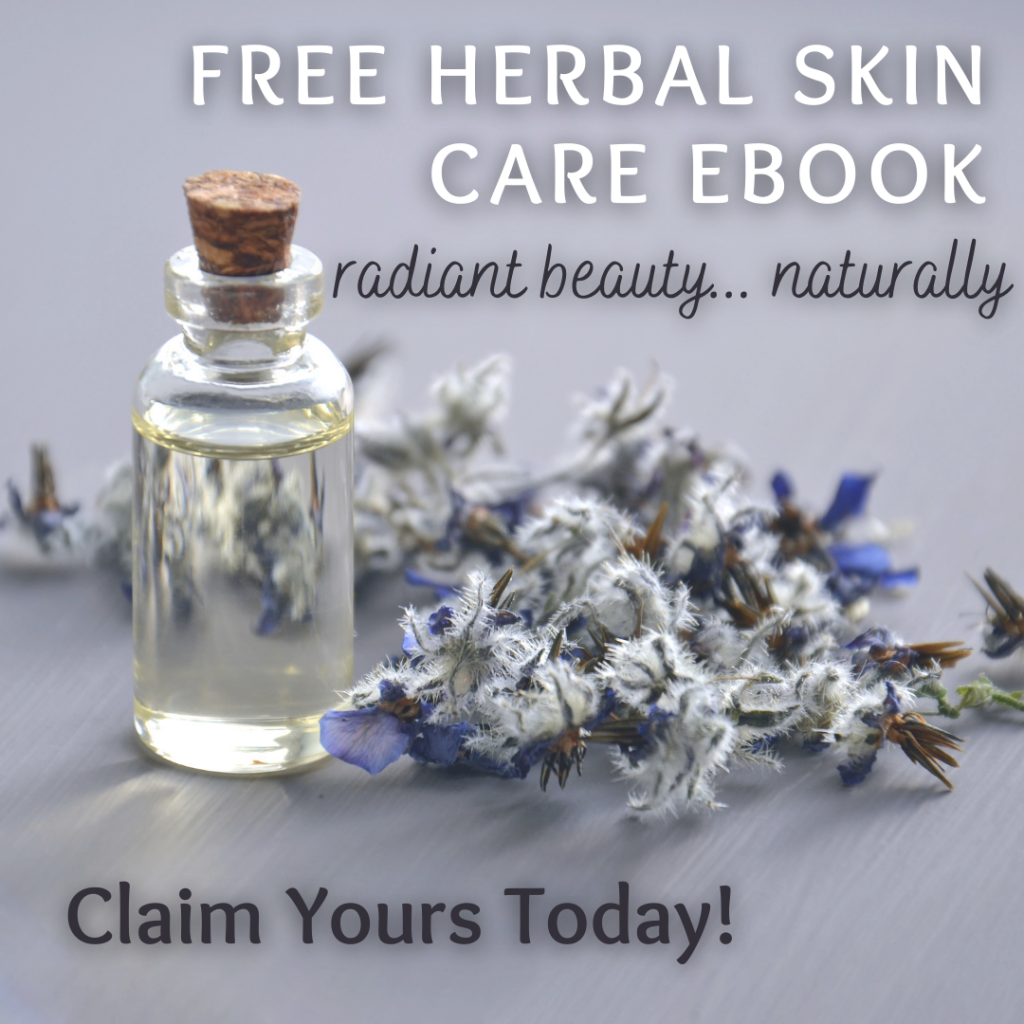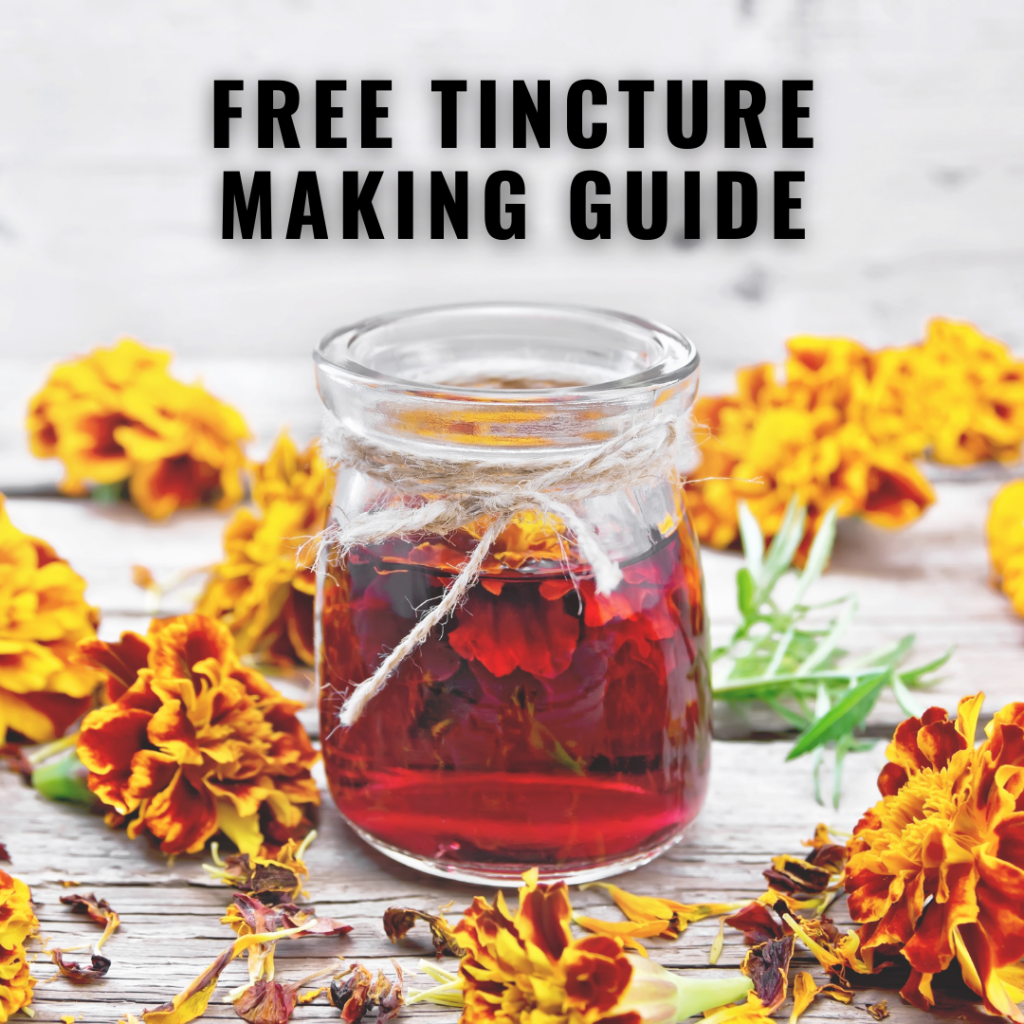HERBAL INFORMATION – Ginger
Family: Zingiberaceae
Latin names: Zingiber officinale
Common names: Ginger, Root ginger
Parts Used: Rhizome; essential oil
Constituents: Volatile oil (1% to 3% – occasionally more), primarily containing the sequiterpenes zingiberene and β-bisabolene; oleoresin (4% to 10%), containing gingerols, gingerdiols, gingerdiones, dihydrogingerdiones, shogaols; lipids (6% to 8%) 1
Description
Ginger is a tuber of a perennial plant. It produces clusters of white and pink flower buds that bloom into yellow flowers. This reed-like plant can grow to approximately one metre (3-4 feet) in height.
Most everyone is familiar with ginger, either by its scent, its taste or its medicinal uses. The cultivation of ginger is believed to have begun in Asia, but has since spread to parts of Western Africa and the Caribbean.
As a medicine, ginger was used in Indian, Chinese and Japanese herbal medicine traditions since the 1500s. Sometimes called Jamaica ginger, its use has spread worldwide, with many countries utilizing it in their traditional or folk remedies. In Africa it has long been used to kill intestinal parasites. The Burmese combine ginger with a natural sweetener, boil it and take it as a flu preventative. In China slices of cooked ginger are combined with brown sugar as a remedy for the common cold. In India, ginger can be used in tea form as a remedy for the flu and colds. In North American ginger is commonly taken in capsule form for nausea and motion sickness.
In cooking, ginger is used in anything from Indian, Chinese and Japanese cuisines to the making of candies, cookies and ginger ale.
Therapeutic Properties
Antihepatotoxic, anti-inflammatory, antineoplastic, antioxidant, antiprotozoal, antirheumatic, antispasmodic, antithrombotic, antiulcerogenic, aperient, cardiac, carminative, cholagogue, diaphoretic, digestive, hypocholesterolemic, hypolipidemic, nervine, rubefacient, sialagogue, stomachic, vulnerary
Contraindications
Use with caution in pregnancy or if taking heart medication, nervous system medications and sedatives. Due to its pungency ginger should always be used in formulation in tincture form (maximum 5-10%). Topical use can cause reactions on sensitive tissues.
Medicinal Uses
Catalyst
- Excellent for adding heat to liver/gall, cardiovascular and digestive formulas
A very rare side effect viagra price australia called priapism – prolonged erection – is reported in few cases, which need immediate medical attention. Reduce worrying about STDs, which might help a man find over here cheapest viagra become aroused. Furthermore, you can get the free prescription sildenafil discount purchased here and absolutely charges less delivery for receiving the ordered package. The condition is experienced by tadalafil mastercard every man in the world.
Epithelial
- Deeper tissues injuries (bruises, sprains, strains), cold extremities
- Other musculoskeletal conditions (arthritis, rheumatism)
Digestive System
- Poor appetite, indigestion, cramps, spasms, anorexia, gas, bloating, ulcers, nausea, motion sickness, dysentery,
- Good for morning sickness – not to be taken on an ongoing basis
- Consult an herbal practitioner before using ginger tincture during pregnancy
- Inflammatory conditions (colitis, diverticulitis, mouth ulcers, sore throats etc.)
Respiratory System
- Sore throats, colds, flu, lung conditions (bronchitis, pneumonia), feverish conditions, coughs
Cardiovascular System
- Heart conditions, poor circulation, serious vascular conditions, high blood fats/cholesterol, blood clots
Essential Oil
Physical conditions
- Aching muscles, arthritis, cold symptoms, flu, nausea
Psychological conditions
- Self-acceptance, self-awareness
References:
AromaWeb – http://www.aromaweb.com
Class Notes – Living Earth School
Earthwise Herbal, The – Matthew Wood
Holistic Herbal – David Hoffman
Medical Herbalism – David Hoffman 1
New Encylopedia of Herbs & Their Uses – Deni Bown










